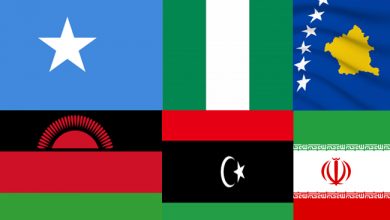World News
Children’s Right to Live in the Community

Children are placed into institutions because of poverty, social deprivation and poor parenting skills, carer and child illness and disability, natural and human-made disasters, and child abuse and neglect. The right to live in the community is an important human rights topic affecting a huge number of children. In 2015, it was estimated that in the region of 5-6 million children were living in institutions worldwide, the majority being in low-income and middle-income countries.
The Lancet has published a set of papers on institutionalisation and deinstitutionalisation of children. They will receive a lukewarm response. The Lancet has defined institutions as any publicly or privately managed and staffed collective living arrangement for children that is not family based, and includes small-scale group homes. This definition would include hospitals such as “assessment and treatment units” in the UK, recently the subject of reports by the Parliamentary Joint Committee of Human Rights which published reports in November 2019 and this month.
One of the key concerns across central and eastern Europe was the number of institutionalised children with disabilities. Institutions do not just warehouse disabled children: they cause disability. In the Lancet article that surveys the literature on effects of institutionalisation on child development, it is reported that at least 80% of institutionalised children are below the mean of comparison groups in physical growth and cognitive development.
The health and social arguments are clear: “when children leave institutions and are placed in family-based alternatives (adoption, kinship, or foster care), the situation rapidly improves—striking catch up is seen across all domains. Moreover, even children who have been exposed to severe deprivation can develop secure attachments with their new parents from adoption or foster placements.”
Read more: Doughty Street Chambers, https://is.gd/9DW9ww





